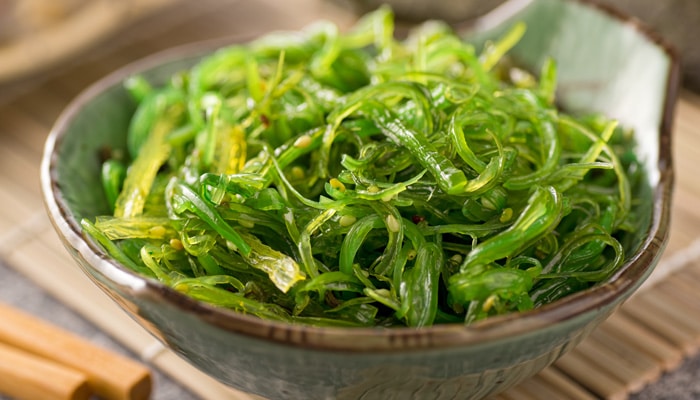Recommendation (EU) 2018/464 on the monitoring of metals and iodine in seaweeds, halophytes and marine algae-based products was published on 21 March 2018 in the Official Journal of the European Union.
Available data show that seaweed contains Arsenic, Cadmium, Lead, Mercury and Iodine in significant amounts.
Seaweed and halophytes are increasingly consumed in the European Union, it is therefore necessary to assess the exposure of the European consumer to these substances in order to judge the need for the establishment of maximum levels.
On the other hand, these compounds should also be monitored in seaweed additives for which criteria are established under Regulation (EU) 231/2012 and in seaweeds used as feed under Directive 2002/32/EC.
It is recommended that Member States, in collaboration with food and feed business operators, monitor the years 2018, 2019 and 2020 for Arsenic, Cadmium, Lead, Mercury and Iodine in the following matrices:
– Edible halophytes, including Salicorna europaea and Tetragonia tetragonoides
– Seaweed species to reflect consumption and use patterns in animal feed, including Ecklonia bicyclis (aramé), Fucus vesiculosus (fucus/varech vesicularux), Palmaria palmata (dulse, cow’s seaweed), Hizikia fusiforme (hijiki or hiziki), Chondrus crispus (pioka, Irish moss, white seaweed), Laminaria digitata (Breton kombu, digitized kombu, whip of sorcerer), Laminaria japonica/Saccharina japonica (kombu), Porphyra and Pyropia spp. (nori, red algae of both genera), Ascophyllum nodosum (black seaweed), Ulva sp. (sea lettuce, ulva), Himanthalia elongata (sea bean, sea spaghetti, himanthale), Fucus serratus (fucus/varech notched), Codium sp. (codiums), Sacharina latissima (kombu royal, sugar kelp, Neptune shoulder harness), Undaria pinnatifida (wakame, sea fern) and Alaria esculenta (Atlantic/Irish wakame, winged kelp).
– Food additives based on seaweed, in particular E 400, E 401, E 403, E 404, E 405, E 406, E 407, E 407a and E 160a(iv).
The sampling procedures laid down in Regulation (EC) No 333/2007 and Regulation (EC) No 152/2009 should be followed to ensure the representativity of the sample.
Mercury analysis should preferably be performed by determining methylmercury and total mercury content, and arsenic analysis should be performed by determining inorganic arsenic and total arsenic content and, if possible, arsenic of other relevant forms.
At present, only mercury has an MRL according to Regulation (EC) No 396/2005 in algae and prokaryotic organisms, set at 0.01 mg/kg.
On the other hand, in France, the Conseil Supérieur d’Hygiène Publique de France issued an opinion in which the following limits were set (values expressed in relation to dry matter):
Inorganic arsenic: 3mg/kg
Cadmium: 0.5mg/kg
Mercury: 0.1mg/kg
Lead: 5mg/kg
Iodine: 5000mg/kg
Please note that our laboratory analyses Arsenic (Inorganic and Total), Cadmium, Lead and Mercury (Organic and Total) in algae and derived products under COFRAC accreditation.





